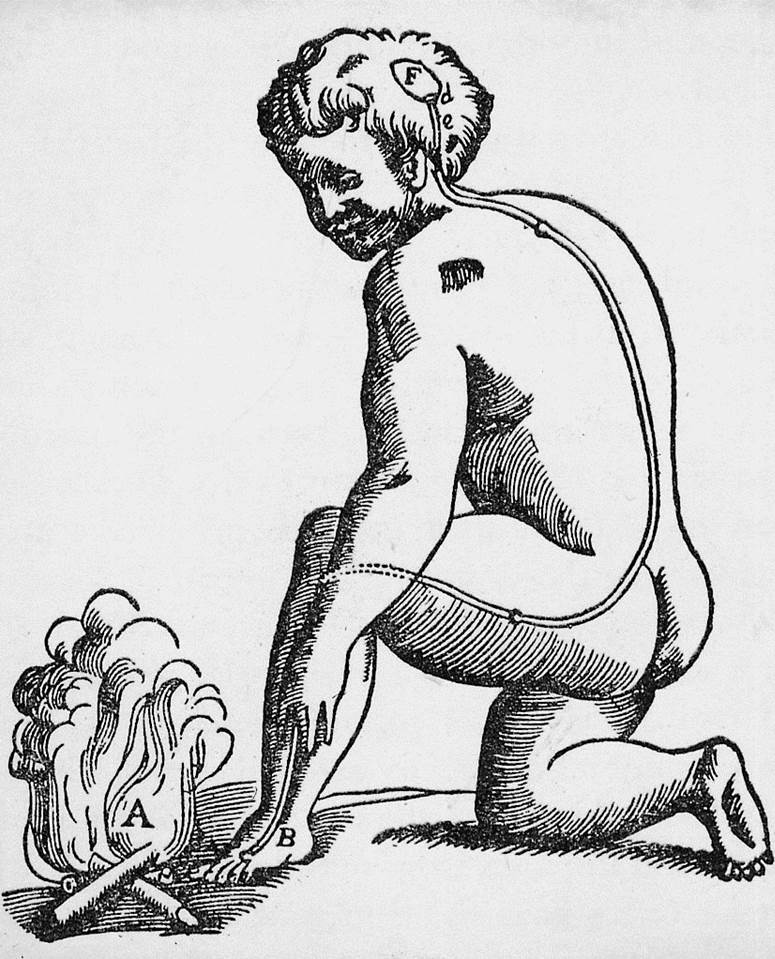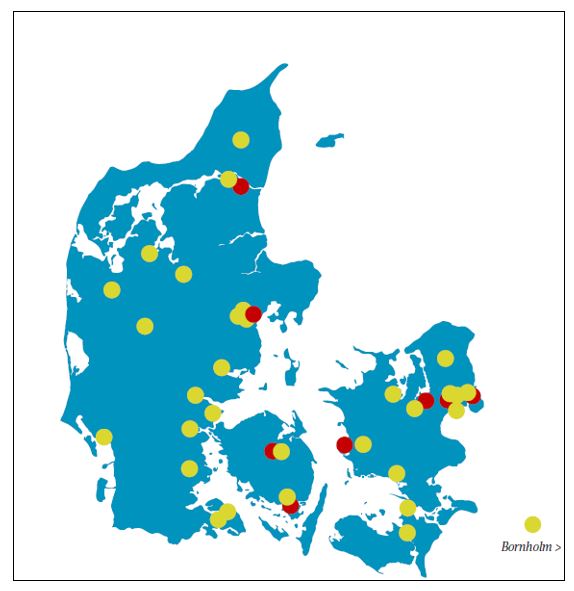The Editors have – together with the Scientific Committee – decided that new EFNS consensus papers will be presented in the Forum of NEUROPENEWS. The new EFNS/ENS consensus on the diagnosis and management of chronic ataxias in adulthood is published and we highlight this important article by offering you the abstract. We also asked the first author, Professor van de Warrenburg, for a short statement.
Abstract:
Background and objectives: The ataxias are a challenging group of neurological diseases due the aetiological heterogeneity and the complexity of the genetic subtypes. This guideline focuses on the heredodegenerative ataxias. The aim is to provide a peer-reviewed evidence-based guideline for clinical neurologists and other specialist physicians responsible for the care of patients with ataxia.
Methods: This guideline is based on systematic evaluations of the relevant literature and on three consensus meetings of the task force.
Diagnosis: If acquired causes are ruled out, and if the disease course is rather slowly progressive, a (heredo)degenerative disease is likely. A positive family history gives much guidance. In the case of a dominant family history, first line genetic screening is recommended for spinocerebellar ataxia (SCA) 1, 2, 3, 6, 7 and 17 (level B), and in Asian patients also for dentatorubral-pallidoluysian atrophy (DRPLA). In the case of recessive disease a stepwise diagnostic work-up is recommended including both biochemical markers and targeted genetic testing, particularly aimed at Friedreich’s ataxia, ataxia telangiectasia, ataxia due to vitamin E deficiency, polymerase gamma gene (POLG gene, various mutations), autosomal recessive spastic ataxia of Charlevoix-Saguenay (ARSACS) and ataxia with oculomotor apraxia (AOA) types 1 and 2. If family history is negative, we still advise to screen for the more common dominant and recessive ataxias. In addition, if onset is below 45 years we recommend the full work-up for recessive ataxias; if onset is above 45 years we recommend to screen for fragile X mental retardation 1 FMR1 premutations (good practice points). In sporadic cases with an onset after 30 years, a diagnosis of multiple system atrophy should be considered (good practice point). In particular the genetic work-up will change over the upcoming years due to the diagnostic utility of new techniques such as gene panel diagnostics based on next generation sequencing for routine work-up, or even whole exome and genome sequencing for selected cases.
Treatment: Some of the rare recessive ataxias are treatable, but for most of the heredodegenerative ataxias treatment is purely symptomatic. Idebenone is not effective in Friedreich’s ataxia (level A). Riluzole (level B) and amantadine (level C) might provide symptomatic relief, irrespective of exact etiology. Also, varenicline for SCA3 patients (level B) can be considered. There is level Class II evidence to recommend physiotherapy, and Class III data to support occupational therapy.
B. P. C. van de Warrenburg, J. van Gaalen, S. Boesch, J.-M. Burgunder, A. Dürr, P. Giunti, T. Klockgether, C. Mariotti, M. Pandolfo and O. Riess; European Journal of Neurology, Vol. 21, Issue 4, pages 552-562, April 2014
Introduction by Bart van de Warrenburg:
I herewith wish to draw your attention to the EFNS/ENS consensus on the diagnosis and management of chronic ataxias in adulthood, which will be published in the April issue of the European Journal of Neurology.
The Task Force, appointed by the EFNS Scientific Committee in 2010, took on this job as the members felt that many fellow neurologists (and other specialist doctors) find cerebellar ataxia a difficult topic in terms of both diagnostic work-up and treatment. The differential diagnosis is indeed a long list. Of course, many of the more common acquired causes will reveal themselves by an acute or subacute disease course, and/or by typical MRI abnormalities. That is why the consensus paper focuses more on the chronic ataxias and not so much on ataxias that are for example due to prion disease, multiple sclerosis, a paraneoplastic syndrome or space-occupying lesion. It is in that scenario that a heredodegenerative cause becomes more likely – although some acquired causes still need to be considered and ruled out.
Specifically for genetic ataxias, it is very difficult to remain up to date with all the genes that have been identified over the recent years. For the dominant ataxias only, there are now already about 40 genetic subtypes. This makes it very difficult for the neurologist to decide which further tests should be carried out. The Task Force has tried to provide practical diagnostic (including genetic) guidance for four possible scenarios: 1) a dominant family history, 2) a recessive family history, 3) an otherwise positive family history, and 4) a negative family history. There was limited amount of evidence to back-up the recommendations of the Task Force, which were thus often based on consensus following elaborate discussions and critical appraisals of available literature. We already foresee that this part of the consensus paper needs to be re-written soon as the genetic diagnostic strategies are changing rapidly, or have already changed in some centers, with the use of next generation sequencing applications (gene panels or exome sequencing).
The second part of the consensus paper concerns the therapeutic phase. Again the emphasis is not the treatment of ataxia that is due to space-occupying lesions or paraneoplastic cerebellar degeneration, but more on treatment options for the heredodegenerative ataxias. Here the Task Force was supported by more evidence in comparison with the diagnostic section but still the number of good quality trials done in this area is disappointingly low. The consensus paper does not only contain recommendations in favor of or against certain drugs and supplements, but also recommendations on how to implement allied health care interventions in the treatment plan.
We hope that this new EFNS/ENS consensus paper on ataxias is a valuable tool for all our colleagues when they see an ataxia patient in their clinic and strongly recommend to use this paper as a guide through the initial diagnostic and treatment phases. Of course at a certain point referral to an expert center can still be considered, which is always a valuable recommendation.
Dr. Bart van de Warrenburg is a neurologist and associate professor of Neurodegenerative diseases and Movement disorders, working at the Department of Neurology of the Radboud University Medical Center in Nijmegen, The Netherlands.







